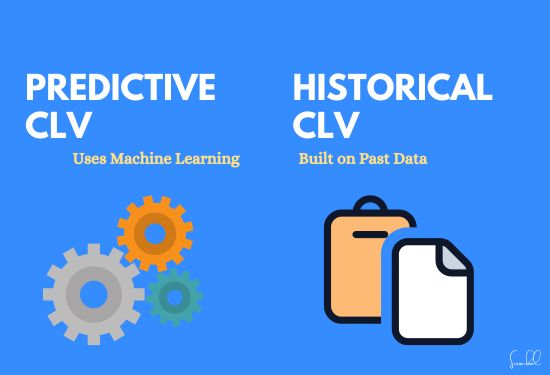Since today’s market has become highly competitive, it has become important to determine a customer's value over time. Financial institutions want to keep their customers and generate high revenues. Other models, such as the Customer Lifetime Value (CLTV), give companies an estimation of the amount of sales a client is likely to generate throughout the entire duration of doing business with him/her. When CLTV is predicted using machine learning (ML), it is easier for organizations to classify customers properly.

What is Customer Lifetime Value (CLTV)?
Customer Lifetime Value (CLTV) is a business concept that focuses on how much revenue a particular customer brings throughout the relationship. In this manner, CLTV determines which consumer is valuable so that financial institutions can invest their efforts in maintaining those specific consumers. Whereas commonly, every customer is treated the same, CLTV allows segmentation. When analyzing the likelihood and frequency of each customer’s next purchase, institutions can provide the clients with the right products that address their needs and generate the highest levels of revenue.
Machine Learning's Function in CLTV Prediction
The machine learning (ML) approach has proven more effective in CLTV modeling than the traditional approach because it provides more accurate results. In traditional CLTV models, historical average data and simple computation formulas to determine CLTV were characteristic of typical approaches. Still, these modes could be very rigid and did not accommodate some important features of customers. However, machine learning predicts future behavior by considering these factors, such as previous interactions, purchasing behavior, etc.

Key Steps in Building a CLTV Model
Data Collection
CLTV modeling starts with the accumulation of effective customer information. This is specifically transaction history, customer profiles, contact frequency, and buying habits.
Feature Engineering
Next, research should also identify features important to CLTV, like the number of times a customer buys a product, how much they spend when they do that, their retention levels, and whether or not they responded to previous marketing efforts. Feature engineering is essential, especially on high-dimensional data, as it helps the model learn more specifics about the customers.
Model Selection & Training
Select the ML model appropriate to the data structure and the result to be obtained. The simpler CLTV can be calculated with linear regression, while complex data models like neural networks or gradient boosting can be used. The model is then trained from past data to understand how some behaviors and characteristics affect future revenues.
Validation and Testing
To verify the model's effectiveness in the actual world, it must be tested using unseen data after its development. Validation is beneficial as it permits the analyst to understand the extent to which the model estimates actual CLTV for adjustment.
Implementation
After that, the model is applied and embedded into CRM systems, marketing tools, or sales reports, which allows teams to work with actual CLTV values in real time.

Applications in Marketing and Retention
Since this model enables the estimation of CLTV, financial institutions can accurately target marketing products and communication based on the customer’s value. For example, customers with high CLTV scores can obtain custom privileges, receive individual recommendations on high-risk investments, or use high-level services that enhance loyalty.





